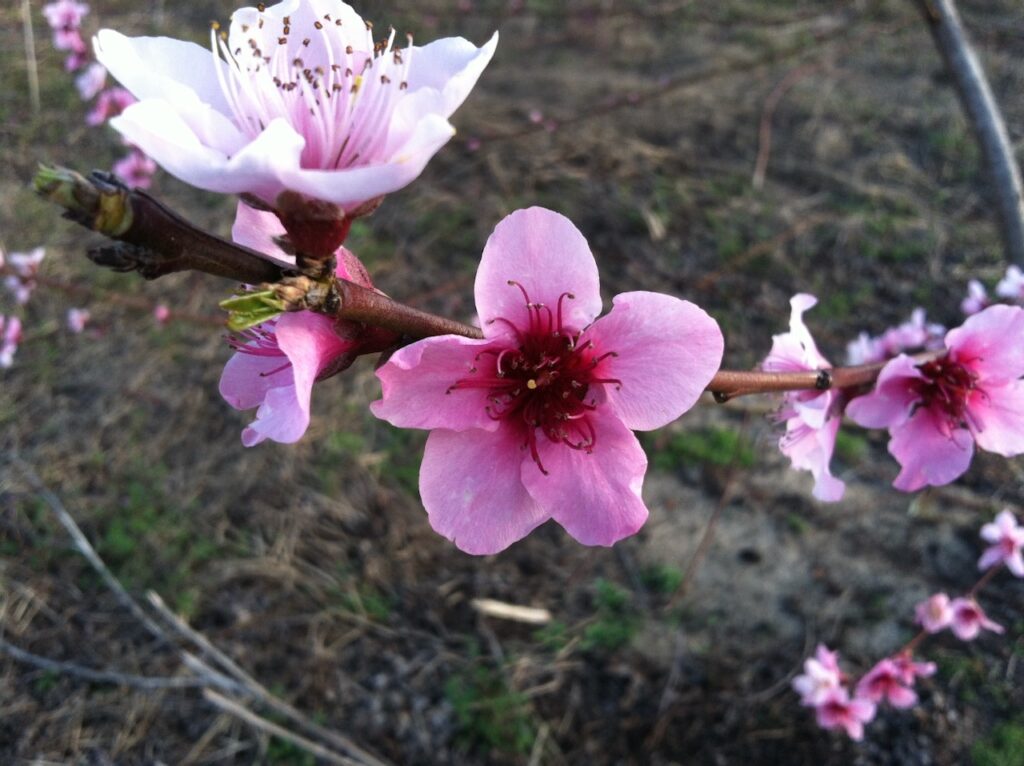Fungicide Captan Is Under Re-Registration Review by EPA
go.ncsu.edu/readext?1016320
en Español / em Português
El inglés es el idioma de control de esta página. En la medida en que haya algún conflicto entre la traducción al inglés y la traducción, el inglés prevalece.
Al hacer clic en el enlace de traducción se activa un servicio de traducción gratuito para convertir la página al español. Al igual que con cualquier traducción por Internet, la conversión no es sensible al contexto y puede que no traduzca el texto en su significado original. NC State Extension no garantiza la exactitud del texto traducido. Por favor, tenga en cuenta que algunas aplicaciones y/o servicios pueden no funcionar como se espera cuando se traducen.
Português
Inglês é o idioma de controle desta página. Na medida que haja algum conflito entre o texto original em Inglês e a tradução, o Inglês prevalece.
Ao clicar no link de tradução, um serviço gratuito de tradução será ativado para converter a página para o Português. Como em qualquer tradução pela internet, a conversão não é sensivel ao contexto e pode não ocorrer a tradução para o significado orginal. O serviço de Extensão da Carolina do Norte (NC State Extension) não garante a exatidão do texto traduzido. Por favor, observe que algumas funções ou serviços podem não funcionar como esperado após a tradução.
English
English is the controlling language of this page. To the extent there is any conflict between the English text and the translation, English controls.
Clicking on the translation link activates a free translation service to convert the page to Spanish. As with any Internet translation, the conversion is not context-sensitive and may not translate the text to its original meaning. NC State Extension does not guarantee the accuracy of the translated text. Please note that some applications and/or services may not function as expected when translated.
Collapse ▲
Comments on proposed mitigation are due July 31, 2024
Captan is a fungicide which many peach growers use to control diseases in the orchard from bloom through the early preharvest period. The EPA conducts a periodic review of exiting pesticides registered every 15 years.
To view the amended proposed interim registration review in its entirety, see Docket No. EPA-HQ-OPP-2013-0296 at www.regulations.gov. For instruction on how to submit comments, visit https://www.regulations.gov/document/EPA-HQ-OPP-2013-0296-0335.
Summary of Mitigation for Orchard Crops:
*Prohibit aerial application of DF/WDG and WP formulations;
*Reduce maximum application rate for apples, peaches, and nectarines, from 4 to 3 lbs ai/A;
*Reduce maximum application rate for cherries from 3.16 to 3.0 lbs ai/A;
*Require PF50 respirator, single layer protective clothing, 85 and chemical-resistant gloves for handlers mixing/loading DF/WDG and WP formulations for airblast application;
*Require enclosed cabs and single layer protective clothing for airblast applicators;
*Require enclosed cabs and single layer protective clothing for groundboom applicators treating orchard crops or PF10 respirator, chemical-resistant gloves, and single layer protective clothing; and
*Limit application with mechanically pressurized handgun to spot treatment of areas missed with other application equipment, such as application to row ends.
*There are no proposed changes to the current REIs on captan product labels for orchard crops.
David F Ritchie, NC Extension Peach Pathologist
July 22, 2024


